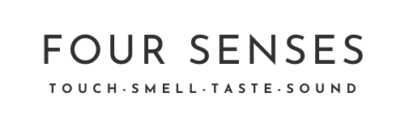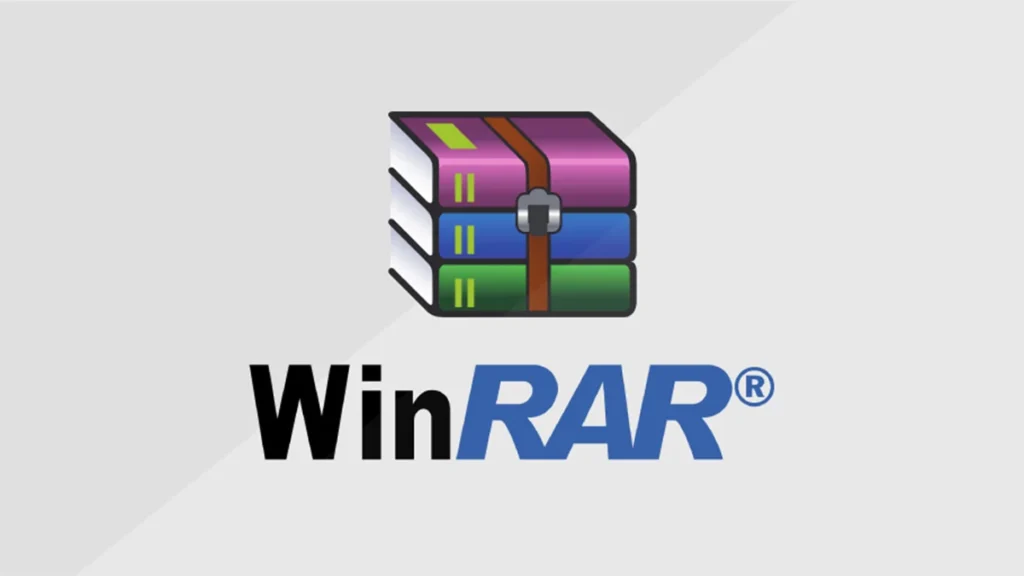WinRAR, the renowned file compression software, has established itself as a fixture in the digital landscape for nearly three decades, earning the title of the “eternal shareware.” While it offers a free trial, surprisingly few users have opted to purchase a license. So, when someone finally took the plunge and paid for it, the company’s response was unexpected and rather delightful.
Unpacking the WinRAR Phenomenon
If you’ve ever needed to extract files on your computer, there’s a good chance you’ve turned to WinRAR. Originally developed by Russian programmer Eugene Roshal in 1995, it has become an essential tool for decompressing archived files. The software operates under a shareware model, which means users can try it out for free, but after a limited period, they are encouraged to pay for a full license.
The twist? Despite persistent nudges for users to buy licenses, WinRAR has never enforced payment. Users are simply urged to consider supporting the developer through purchase, but once the trial ends, there are no barriers to continued use. As a result, it’s estimated that a vast majority of WinRAR’s user base—over its nearly 30-year history—has never spent a cent on it.
A Developer Takes the Plunge: Paying for WinRAR
Luca D’Amico boldly purchased a license for WinRAR on June 1st. He shared his €25.57 invoice in a tweet, declaring, “This day has finally arrived. My WinRAR trial has ended,” along with a heart emoji.
This seemingly small act did not go unnoticed. The WinRAR team responded with a whimsical tweet: “Look what Luca D’Amico did! Finally, a full member of the WinRAR family!” This lighthearted interaction provoked a range of reactions online, from applause for D’Amico’s choice to skepticism regarding the €25 price tag for software that some view as outdated.
WinRAR’s Reputation and Humour
WinRAR’s Twitter account is renowned for its cheeky sense of humour. Following Microsoft’s announcement that Windows 11 would offer built-in support for ZIP, RAR, and TAR.GZ files, WinRAR responded with a meme featuring the phrase, “This is fine,” triggering chuckles across social media.
But is there genuine cause for concern? With the emergence of native compression tools in operating systems like Windows 11, will WinRAR’s relevance fade away? It’s difficult to gauge. The company has typically kept a low profile, yet it retains a robust user community. Many organisations even invest in WinRAR licenses for their teams, and estimates of the company’s annual revenue range from $15 to $25 million.
The Future of WinRAR in a World with Windows 11
While the native file compression capabilities of Windows 11 could diminish the demand for standalone applications like WinRAR, it’s unlikely to completely erase its user base. Many users simply appreciate the unique features and familiarity that WinRAR offers. Furthermore, the free trial model has turned it into a staple for countless individuals, and as Luca D’Amico’s decision illustrates, there will always be those who recognise the worth of financially supporting the software.
Ultimately, this episode reveals more than just a transaction for software—it underscores how even the most unassuming digital tools can elicit loyalty, inspire humour, and, at times, prompt users to reward developers. Whether you’re a WinRAR enthusiast or not, it’s evident that this quirky utility is woven into the fabric of a digital culture that has persisted for decades, one compressed file at a time.







